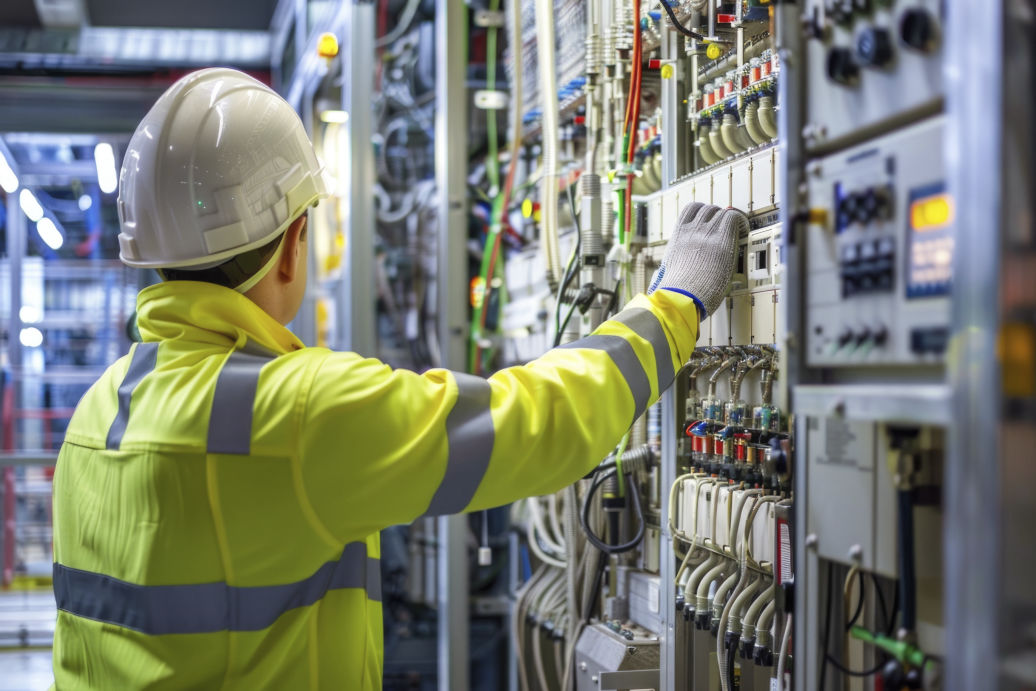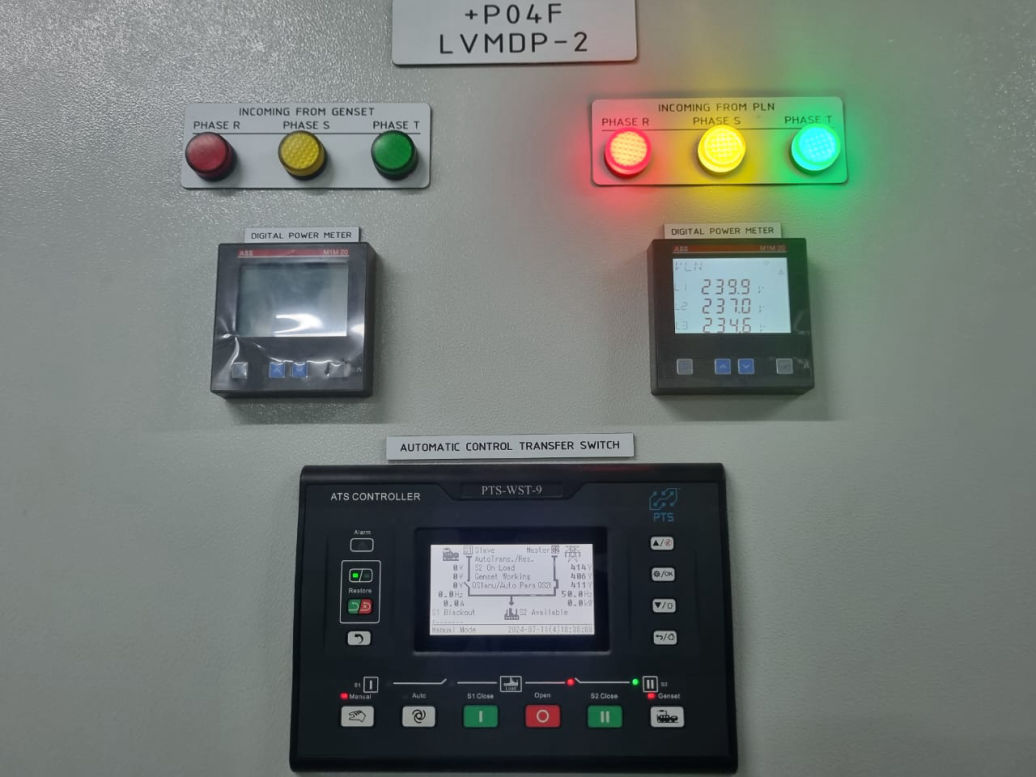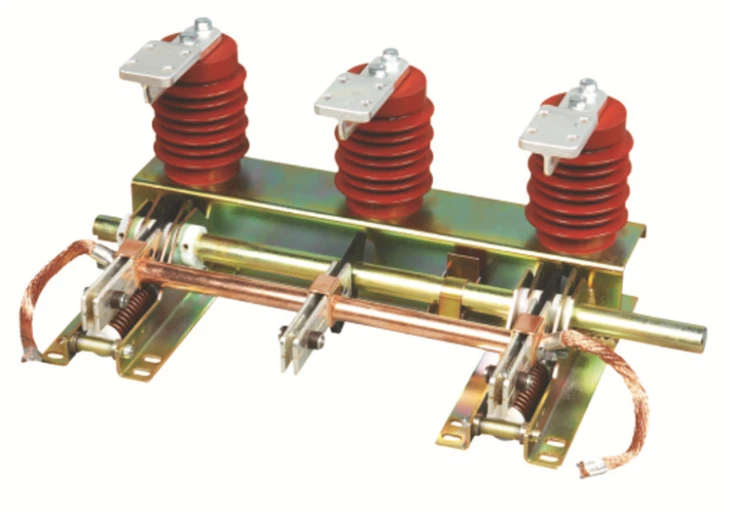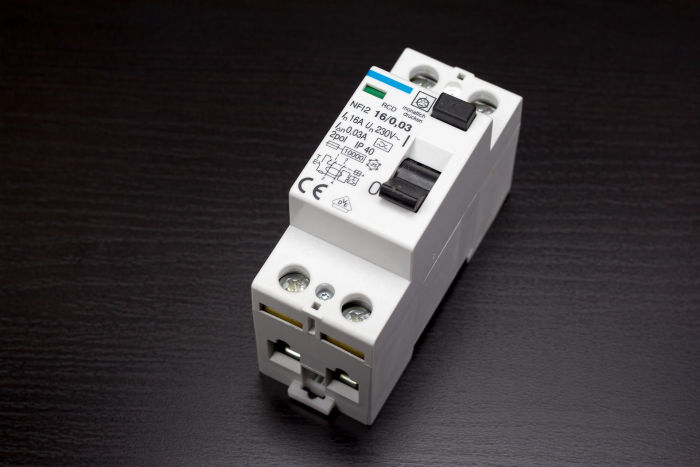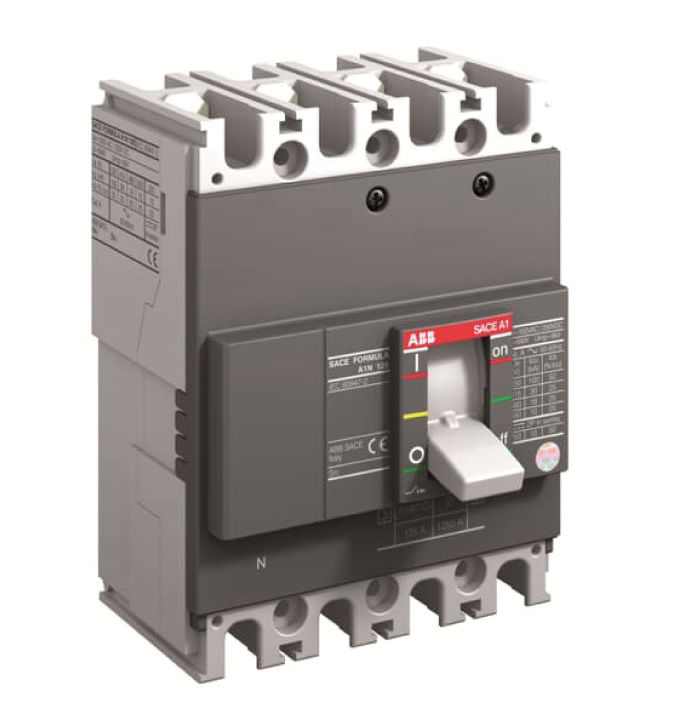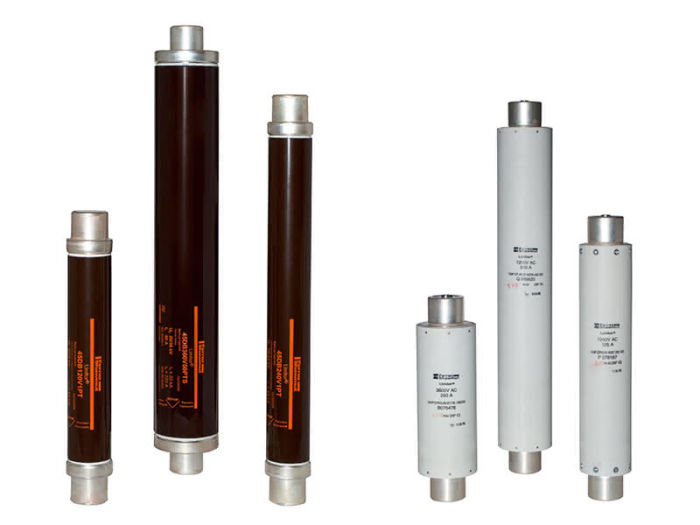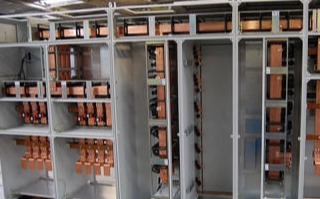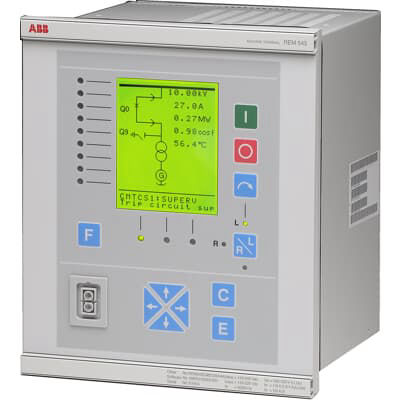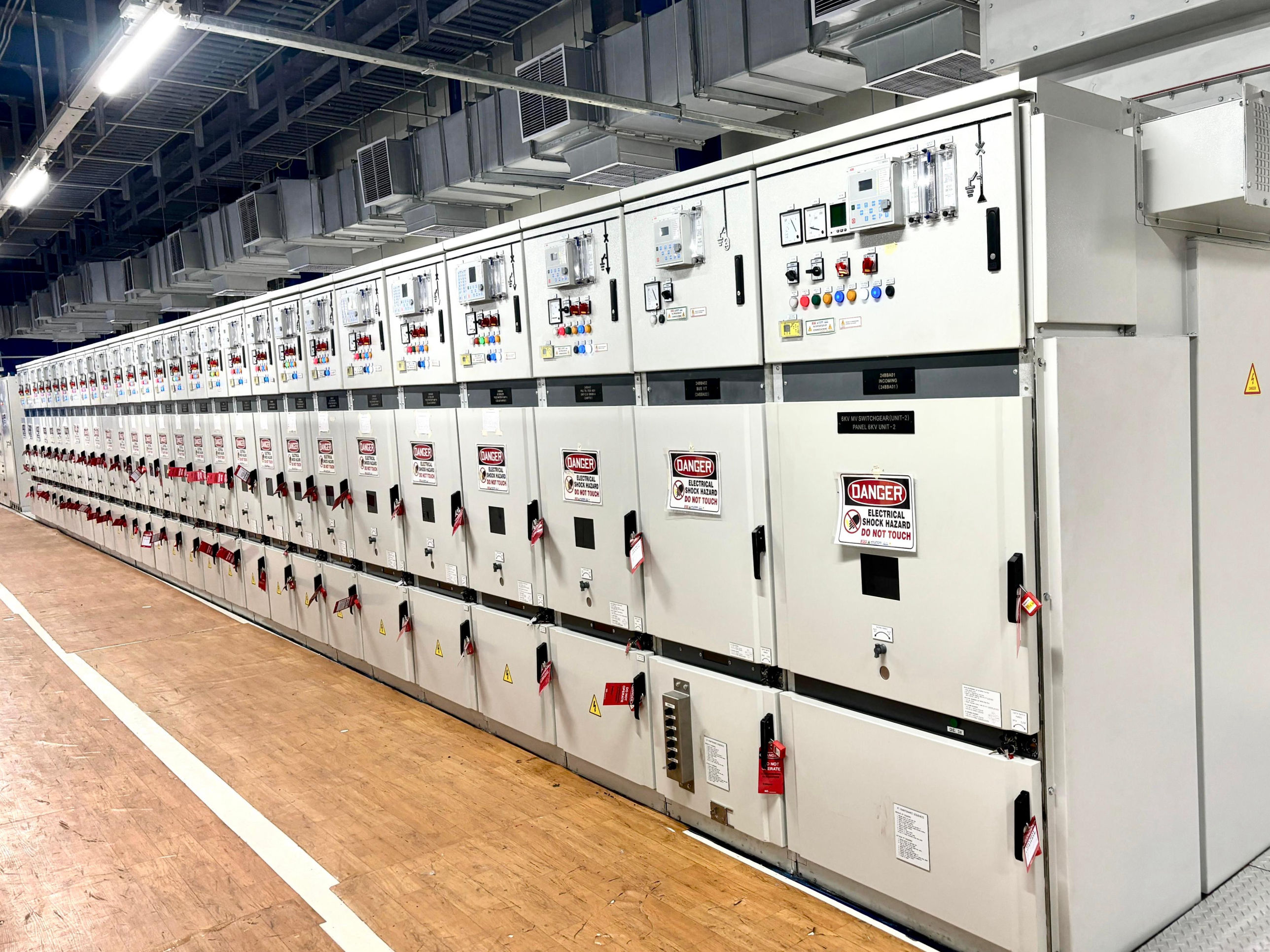
Working with Switchgears
Switchgears are integral to the functioning of electrical systems, playing a critical role in controlling, protecting, and isolating electrical equipment. Their operation is fundamental to ensuring the safe and reliable distribution of electricity across various applications, from small residential circuits to large industrial power grids. In this section, we’ll explore in detail how switchgears work, their components, and the principles behind their operation.
